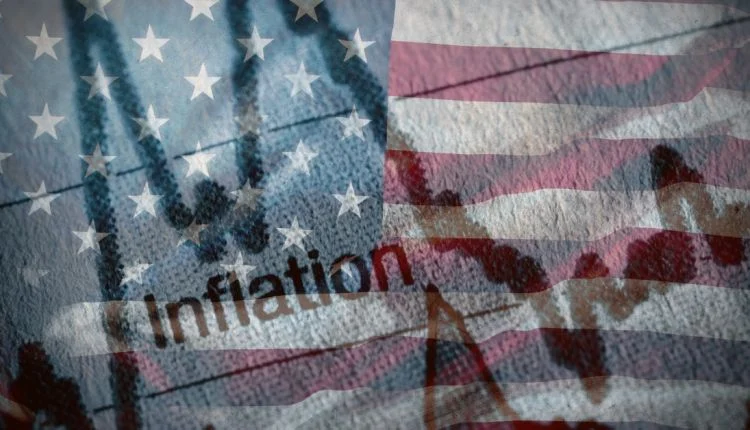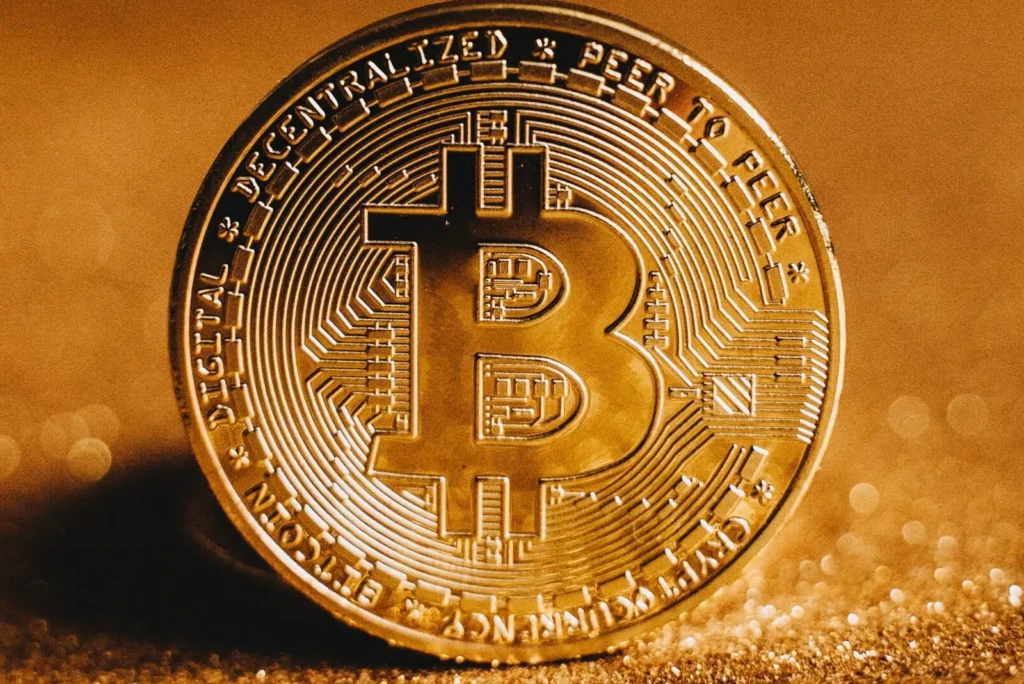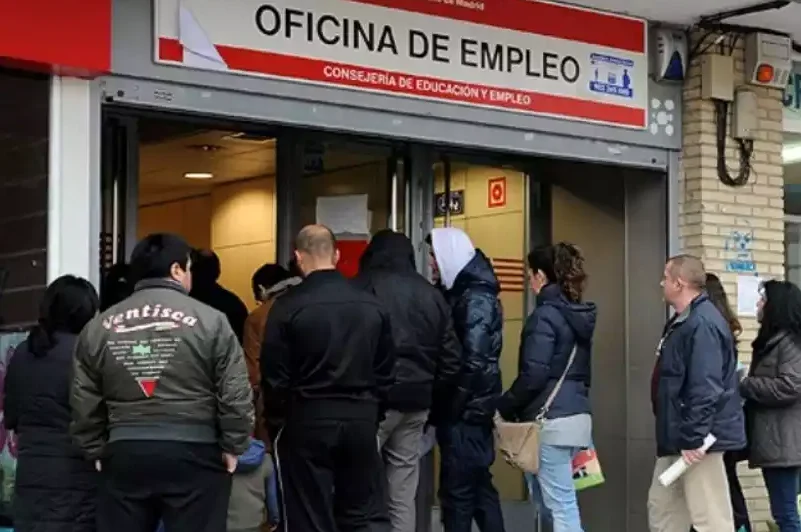February 2024 inflation in the U.S.: Pending balance
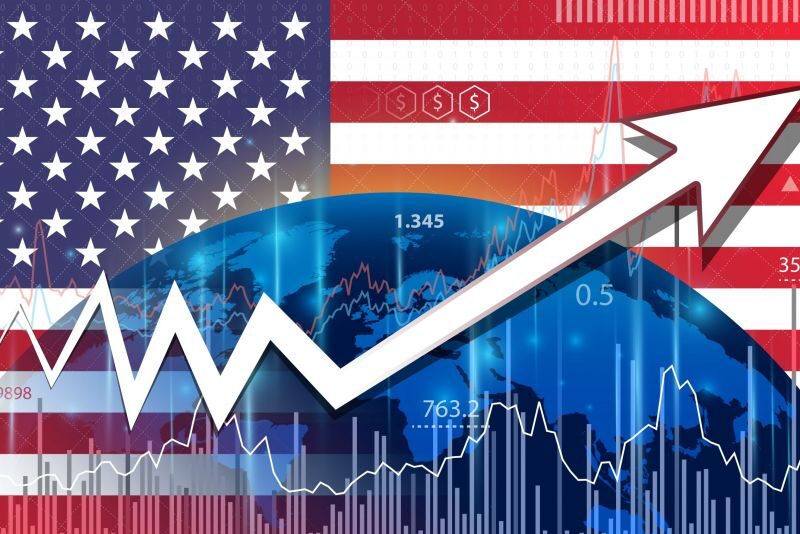
February 2024 inflation in the U.S. rose slightly, and the struggle to bring the figure below 2% continues.
Inflation continues to be the main unfinished business of Joe Biden’s administration.
With higher-than-expected growth, strong job creation, an unemployment rate that has been below 4% for a record time, and strong levels of investment, price stability is struggling.
February 2024 inflation in the U.S. shows that this indicator is the one that has cost the Biden administration the most.
Figures released Tuesday by the Labor Department’s Bureau of Labor Statistics show that prices rose 3.2% over the past 12 months, up from 3.1% in January.
Core inflation has eased somewhat, to 3.8%, but both figures remain well above the 2% price stability target, complicating the start of interest rate cuts.
READ MORE: LAWSUITS AGAINST CRYPTOCURRENCY COMPANIES.
February 2024 inflation in the U.S.: Pending balance
Economists’ forecasts pointed to monthly inflation of 0.4%, which has been met, but pointed to a year-on-year rate of 3.1%, the same as in January, and core inflation of 3.7%, compared to 3.9% last month.
February 2024 inflation in the U.S. was one tenth of a percentage point higher than expected, which did not please investors.
The housing index (heavily dependent on rents) rose in February, as did the gasoline index.
Between them, they contributed more than 60% of the monthly increase in the all-items index.
The food index remained unchanged thanks to the stabilization of food for home consumption and despite a 0.1% rise in eating out.
Price developments are being watched closely by economists and politicians alike.
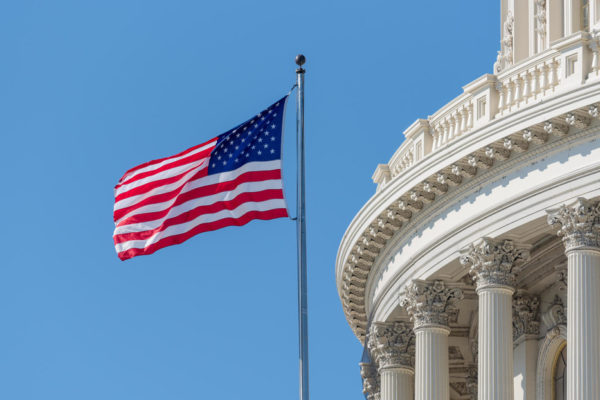
READ HERE: THE PENALTY FOR LATE CREDIT CARD PAYMENTS.
Stable economy notwithstanding
Among economists, Federal Reserve Chairman Jerome Powell is reluctant to put dates on rate cuts until he is more confident that inflation is under control.
Among politicians, U.S. President Joe Biden has seen inflation overshadow the economic achievements of his term in office and, along with other factors (especially age), complicate his re-election.
The Federal Open Market Committee (FOMC), in charge of monetary policy, meets next week.
With inflation at these levels, it is a given that it will keep interest rates at the current level of 5.25%-5.5%, their highest in 23 years, in effect since last July.
The chances of the first cut in the price of money coming in March faded after the first FOMC meeting of this year, last January.
However, Powell has insisted time and again that there is no predetermined plan and that his decisions will depend on the data as they are released.
In his dual appearance before Congress last week, Powell avoided putting dates on rate cuts.
In an election year, the Fed’s performance will be closely scrutinized.
It is unlikely that the isolated inflation data for February will mark the evolution of monetary policy, but it may help to keep bets on a rate cut at the April 30 and May 1 meetings at bay.
